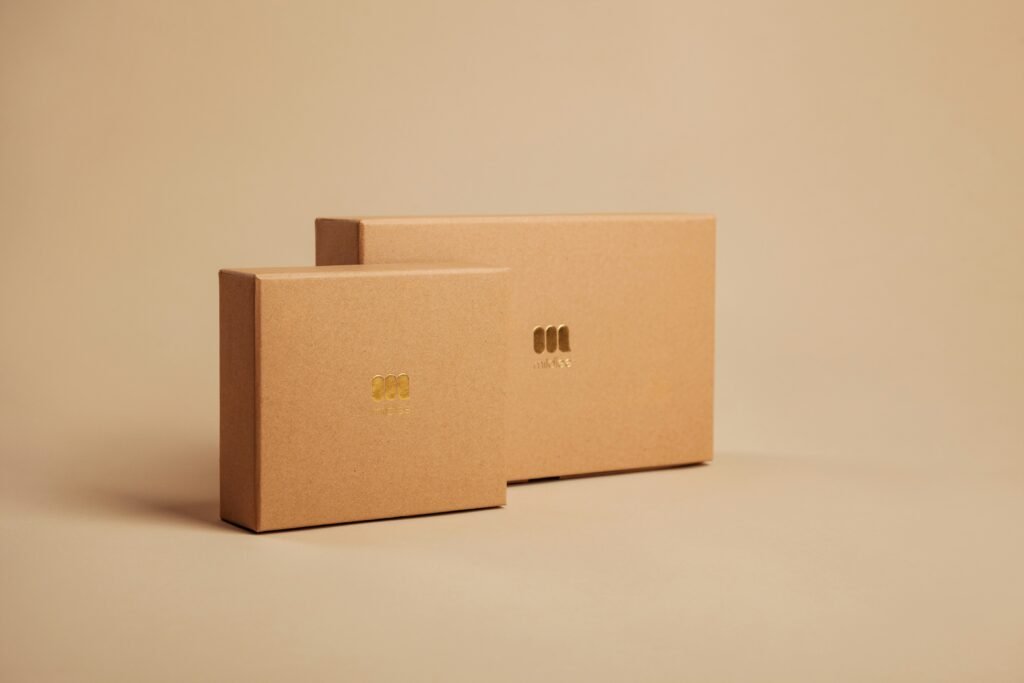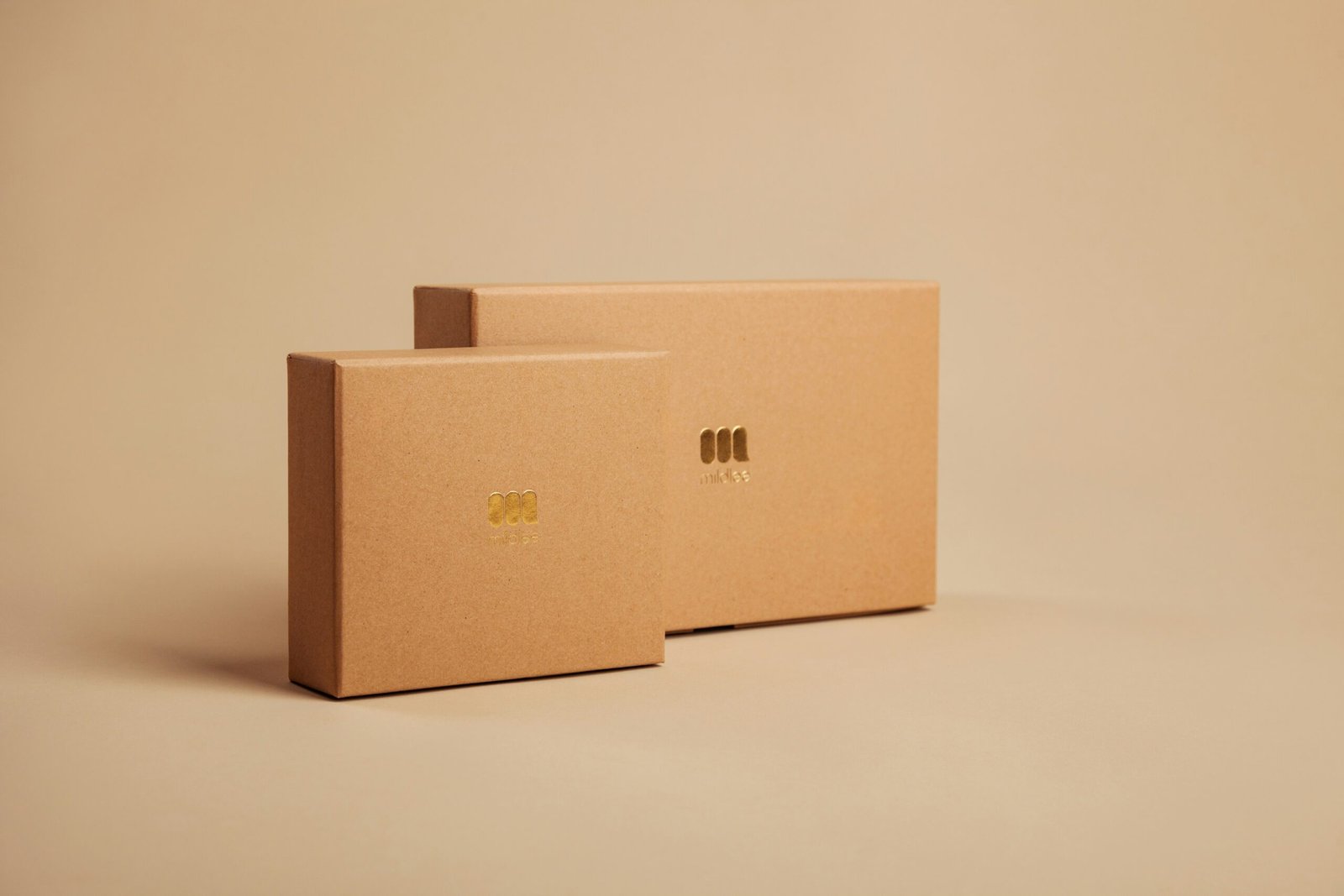Are you curious about how packaging plays a vital role in the marketing of food and beverages? Well, wonder no more! Packaging serves as the first point of contact between consumers and products, influencing their purchasing decisions and perceptions. From eye-catching designs to functional features, packaging can effectively communicate brand messages, highlight product benefits, and differentiate your products from competitors. In the competitive world of food and beverage marketing, the right packaging can make all the difference in capturing the hearts and wallets of consumers. Let’s dive in and explore the key role packaging plays in shaping consumer perceptions and driving sales in the food and beverage industry. Have you ever stopped to consider the impact a package has on your purchasing decision when buying food and beverages? From the colors and materials used to the overall design and messaging, packaging plays a crucial role in attracting your attention and influencing your choices. Let’s take a closer look at the essential role packaging plays in food and beverage marketing.

This image is property of images.unsplash.com.
Understanding the Importance of Packaging
Packaging goes far beyond just containing a product; it serves as a powerful marketing tool that can make or break a brand’s success. Imagine walking down the aisle of a grocery store filled with numerous options for the same product. What makes you gravitate towards a particular item over others? Often, it’s the packaging that catches your eye first before you even read the product description or reviews.
Packaging serves as a brand’s first impression on consumers, conveying essential information about the product, such as its quality, value, and intended use. It also differentiates products from competitors and helps establish a connection with the target audience. Essentially, packaging is the bridge between the product and the consumer, communicating key messages and reinforcing brand identity.
The Role of Packaging Design
The design of packaging is a crucial element that captures consumers’ attention and conveys the brand’s personality and values. The colors, fonts, images, and overall layout of a package work together to create a visual identity that resonates with the target audience. For example, bright and bold colors may attract younger consumers, while elegant and minimalist designs may appeal to a more upscale demographic.
The design of packaging should also reflect the product inside and evoke emotions that align with the brand’s messaging. For instance, a package for a health food product may use images of fresh fruits and vegetables and earthy tones to convey a natural and wholesome feel. On the other hand, a package for a luxury chocolate brand may feature rich colors and intricate patterns to communicate sophistication and indulgence.
Packaging Materials and Sustainability
In today’s environmentally conscious world, consumers are increasingly demanding sustainable packaging solutions that minimize environmental impact. Packaging materials play a significant role in branding and consumer perception, as eco-friendly options can enhance a brand’s reputation and attract a growing segment of environmentally-conscious shoppers.
Materials such as recycled paper, biodegradable plastics, and compostable packaging are becoming more popular choices for brands looking to reduce their carbon footprint and appeal to environmentally-minded consumers. By using sustainable packaging materials, brands can showcase their commitment to social responsibility and demonstrate their dedication to minimizing waste and pollution.
| Pros of Sustainable Packaging | Cons of Sustainable Packaging |
|---|---|
| Environmentally friendly | Higher production costs |
| Enhanced brand image | Limited material options |
| Appeal to eco-conscious consumers | Potential for lower durability |
| Reduction of environmental impact | Challenges in recyclability |
Packaging and Brand Recognition
Consistent packaging design across product lines is essential for building brand recognition and loyalty among consumers. When a brand maintains a cohesive visual identity across all its products, consumers can easily identify and associate the packaging with the brand, creating a strong brand recall. This familiarity builds trust and loyalty, leading to repeat purchases and positive word-of-mouth recommendations.
Brands often use distinctive visual elements, such as logos, colors, and graphic motifs, to create a cohesive packaging design that sets them apart from competitors. These visual cues help consumers quickly recognize products on store shelves and make informed purchasing decisions. By investing in cohesive packaging design, brands can strengthen their presence in the market and foster long-term relationships with customers.

This image is property of images.unsplash.com.
The Role of Packaging in Consumer Perception
Packaging plays a vital role in shaping consumers’ perception of a product and influencing their purchasing decisions. The appearance, feel, and functionality of packaging can significantly impact how consumers perceive the quality, value, and authenticity of a product. Well-designed packaging can enhance the perceived value of a product, making it more desirable and premium in consumers’ eyes.
When consumers encounter packaging that is aesthetically pleasing, innovative, and convenient, they are more likely to perceive the product inside as high-quality and worth the price. On the other hand, poorly designed or unappealing packaging can create negative associations and deter consumers from trying a product, regardless of its actual quality. Therefore, brands must invest in packaging that not only protects the product but also enhances its appeal and distinguishes it from competitors.
Packaging Innovations in Food and Beverages
The food and beverage industry is constantly evolving, driving brands to innovate and differentiate themselves through packaging. As consumer preferences change, brands are exploring new packaging solutions that cater to emerging trends, such as convenience, sustainability, and customization. These innovations not only address evolving consumer needs but also create opportunities for brands to stand out in a crowded marketplace.
One significant trend in packaging innovation is the rise of single-serve and on-the-go formats that cater to consumers’ busy lifestyles and desire for convenience. Portion-controlled packaging, resealable pouches, and grab-and-go containers are popular choices that offer convenience and ease of use for consumers on the move. Brands that prioritize packaging innovations can capitalize on these trends and attract consumers seeking quick and convenient food and beverage options.

This image is property of images.unsplash.com.
Packaging Regulations and Compliance
Brands in the food and beverage industry must adhere to strict packaging regulations and standards to ensure the safety and integrity of their products. Regulators set guidelines for packaging materials, labeling, and product information to protect consumers from health risks and misinterpretation. Failure to comply with these regulations can result in fines, recalls, and damage to a brand’s reputation.
Packaging regulations cover various aspects, such as food contact materials, allergen labeling, nutritional information, and country-specific requirements. Brands must stay informed about the latest regulations and make necessary adjustments to their packaging to remain compliant. By following regulatory standards, brands can maintain consumer trust and demonstrate their commitment to product safety and transparency.
| Examples of Packaging Regulations | Compliance Requirements |
|---|---|
| Food Contact Materials | Use of approved materials |
| Allergen Labeling | Clear and accurate allergen information |
| Nutritional Information | Accurate and standardized nutrition facts |
| Country-Specific Requirements | Compliance with local packaging laws |
The Future of Packaging in Food and Beverages
As consumer preferences and technological advancements continue to shape the food and beverage industry, packaging will play a central role in driving innovation and differentiation. Brands that embrace sustainable practices, incorporate smart packaging solutions, and prioritize consumer-centric designs will have a competitive edge in a rapidly evolving market.
Smart packaging, which integrates digital technologies and sensors into packaging materials, is a growing trend that offers brands new ways to engage with consumers and provide valuable information in real-time. From interactive packaging that delivers personalized content to intelligent labels that track product freshness, smart packaging solutions can enhance the consumer experience and add value to products.
In the digital age, brands are also leveraging packaging as a communication tool to connect with consumers beyond the point of purchase. Augmented reality packaging, QR codes, and interactive packaging experiences allow brands to deliver immersive storytelling, product information, and promotions directly to consumers’ smartphones, creating a seamless and engaging brand experience.
Conclusion
Packaging is a powerful tool that influences consumers’ purchasing decisions, communicates brand values, and differentiates products in a competitive marketplace. By understanding the role of packaging in food and beverage marketing, brands can create packaging solutions that resonate with consumers, drive brand recognition, and enhance the overall consumer experience. Investing in innovative packaging designs, sustainable materials, and compliance with regulations can help brands succeed in a rapidly evolving industry and build lasting relationships with consumers. So, next time you reach for your favorite snack or drink, take a moment to appreciate the thought and effort that went into creating its packaging – it’s more than just a container, it’s a reflection of a brand’s identity and a key driver of marketing success.
Remember, packaging is not just about wrapping a product; it’s a powerful marketing tool that can make or break a brand’s success. By investing in innovative packaging design, sustainable materials, and compliance with regulations, brands can create packaging solutions that resonate with consumers, build brand recognition, and enhance the overall consumer experience.
